There’s no denying the barefoot shoes benefits. They’re a more natural footwear design that forces your feet to do what nature intended them to do.
In turn, you’ll experience better balance and posture while avoiding common foot deformities, like bunions, hammertoes, plantar fasciitis, and more. However, there’s a bit more that goes into reaping all the benefits these shoes have to offer - one being an understanding of the barefoot shoes transition process.
We’ll show you how to transition to barefoot shoes below, as slow and steady as possible to prevent discomfort along the way. You’ll also gain some strengthening exercises and tips to speed things up so you can hit the ground running.
The first step of transitioning to barefoot shoes is to set yourself up for success with the best barefoot transition shoes. Our barefoot shoes are trusted by more than 235,000 happy customers and counting. Order yours today and feel the difference firsthand!
What to Expect During the Barefoot Shoes Transition
In considering the differences between regular vs barefoot shoes, it’s no surprise that the adaptation period can be a bit jarring. Your feet are used to artificial supports, an elevated heel, and a narrow toe box.
But now, you’re closer to the ground than ever before with an ultra-thin sole and a zero heel-to-toe drop. Meanwhile, your toes can spread naturally with a wider box to facilitate “gripping the ground”.
In the long run, these changes will all have profound benefits. But at first, you can expect some discomfort as you navigate the barefoot shoes transition.
Initial Discomfort and Soreness
Discomfort is a very normal part of walking in barefoot shoes at first. Your feet aren’t used to working this hard, after all!
The muscles, tendons, and ligaments in your feet and lower legs will need time to develop. Conventional shoes often provide excessive cushioning and support, which can weaken these structures over time.
So in the meantime, expect mild to moderate soreness in the arch, calves, and ankles as these areas work harder to support your movement. This will gradually diminish as your feet become stronger and more accustomed to the new demands.
Changes in Walking and Running Gait
Traditional shoes often promote a heel-strike pattern due to their elevated heels and cushioning. On the other hand, barefoot shoes encourage a more natural gait, typically a midfoot or forefoot strike.
This change can initially feel awkward and may require conscious effort to maintain proper form. It may feel like you’re learning how to walk again - because you are! This time, you’re doing it correctly.
Adapting to this new gait can lead to better alignment and reduced impact on your joints. Over time, you'll likely notice improvements in your posture and overall movement efficiency.
Be sure to pay attention to your stride length and foot placement. Focus on landing softly to minimize the impact on your feet and legs.
Increased Sensory Feedback
As the name suggests, barefoot shoes are designed to get you as close to the ground as possible. That means you can expect to feel the ground in a way you’ve never experienced before.
This heightened sense of touch, known as proprioception, is a good thing. It will improve your balance, coordination, and overall foot health. While it feels a bit weird in the early stages of learning how to transition to barefoot shoes, it will become your new normal in no time.
As you become more accustomed to barefoot shoes, you'll find that this sensory input enhances your ability to navigate different terrains. Whether you’re hiking, jogging, playing with your kids, or lifting weights, it will change the way you move for the better.
How to Transition to Barefoot Shoes Quickly and Comfortably
While the initial barefoot shoes transition can be uncomfortable, we’re here to help you speed the process up and start enjoying your new footwear to the fullest. Here are some tips on how to transition to barefoot shoes.
Gradual Transition Plan
We know you’re excited about the possibilities awaiting in your barefoot shoes - but slow and steady wins the race when it comes transitioning to barefoot shoes.
Start by wearing your barefoot shoes for short periods, such as 30 minutes a day, to avoid injury and discomfort. Gradually increase the duration by 10-15 minutes each week.
During this phase, pay close attention to how your feet feel and give them ample time to rest and recover if you experience any soreness. This allows your muscles, tendons, and ligaments to strengthen and adapt to the new movement patterns without overwhelming your feet.
Choosing the Right Environment
The settings in which you wear your footwear as you adapt to it can make a big difference in the discomfort you experience.
Begin on soft, even surfaces like grass, sand, or indoor floors to minimize impact on your feet. These forgiving surfaces allow your feet to adapt gradually.
Then as you start to become more comfortable and confident, you can progressively introduce harder surfaces such as pavement or trails.
Strengthening Exercises
While transitioning to barefoot shoes you should be working on foot, ankle, and calf strength to facilitate a smoother transition. You can do these movements daily:
- Toe Curls: Place a towel on the floor and use your toes to scrunch it toward you.
- Arch Lifts: Sit or stand and lift the arch of your foot without curling your toes.
- Calf Raises: Stand on the edge of a step, raise your heels as high as possible, and then lower them back down.
Balance exercises, such as standing on one foot or using a balance board, can also enhance stability and proprioception. They’re also a lot of fun!
Another passive way to strengthen your feet is by wearing toe spacers. This will further promote better circulation while helping you improve proprioception.
To help your feet recover from these exercises and stretches, along with the challenge of actually walking in barefoot shoes, you should roll the balls of your feet across a foam roller or a lacrosse ball. This will help release tension. Better yet, spoil yourself with a foot massage!
Actually Walk Barefoot Sometimes!
When possible, ditch shoes and socks altogether and actually walk barefoot. This will not only accelerate the strengthening of those key muscle groups we’ve talked about - it will also toughen up the skin on your feet!
This also allows you to reap the benefits of grounding, which is a conversation for another day. Coming into contact with natural surfaces such as grass or sand is incredibly healing.
Monitoring Your Progress
Take note of improvements - or lack thereof - as you gradually increase the wear time and progress to different environments. If you experience persistent pain, reduce your barefoot time and consult a podiatrist or physical therapist for personalized advice.
By following a structured transition plan, performing targeted strengthening exercises, choosing appropriate environments, and closely monitoring your progress, you can transition to barefoot shoes quickly and comfortably.
The only thing left to do if you haven’t already is to set yourself up for success with the best barefoot transition shoes at Hike Footwear!
If You Haven’t Already, Get the Best Barefoot Transition Shoes at Hike Footwear!
Our shoes were designed with the help of podiatrists and orthopedists to ensure proper foot mechanics and comfort were prioritized. Here are some of the key features that set them apart from the rest and make them such a powerful investment in your health and happiness:
- Ultra-wide toe box that allows your toes to splay naturally, “gripping the ground” for better balance and stability. This also prevents common foot problems such as bunions or hammertoes associated with traditional footwear that cramps the toes.
- Thin, flexible sole that feels as barefoot as possible while still offering protection from the harsh elements you’ll encounter on the ground outdoors. The soles are also slip-resistant to help you stay safe navigating wet roads or tough terrains.
- Breathable, lightweight materials keep you feeling comfortable all day long, whether you’re running errands or embarking on a long hike. Our winter varieties also feature waterproof materials. We use premium polyester, organic rubber, EVA, and cotton wool.
The end result is a pair of shoes that actually support proper foot movement and overall health. They stimulate blood circulation and relieve pressure on your feet and joints. Plus, there are tons of different options at your fingertips.
You can count on us whether you’re looking for the best barefoot shoes for kids, the best barefoot lifting shoes, barefoot work shoes, barefoot shoes for hiking, or even barefoot shoes for winter.
Across all these styles you’ll find a variety of designs to choose from as well - from casual low-top styles to high top barefoot shoes with a bit more support. Choose from a variety of colors to match your preferences.
We make barefoot shoes sizing easy too, whether you’re shopping for women’s barefoot shoes, men’s barefoot shoes, or barefoot shoes for kids, there is an intuitive size chart to eliminate any guesswork.
But with a 30-day money-back guarantee and hassle-free return policies, don’t stress too much. If you encounter any issues with your order we’ll work together to make them right.
So, what are you waiting for? From barefoot boots for work or hiking to barefoot lifting shoes to push your limits in the gym, and non-slip barefoot shoes for everyday wear - it’s time to take the first step towards healthier feet with the best barefoot transition shoes at Hike Footwear!
How Long to Transition to Barefoot Shoes?
Before we wrap up this guide on transitioning to barefoot shoes, let’s set your expectations for how long to transition to barefoot shoes. While there will be a ton of variance from person to person, you can expect anywhere from a few weeks to a few months.
Those who are transitioning to barefoot shoes after decades of relying on the artificial supports and suboptimal fit of traditional footwear will find that it takes a bit longer to get comfy in barefoot shoes. On the other hand, younger individuals who frequently walk around barefoot will have a shorter runway.
Just remember - it’s a marathon, not a sprint. There’s no need to rush the process. In fact, this will do more harm than good. Take your time and you’ll reap all the benefits this footwear has to offer!
Parting Thoughts on How to Transition to Barefoot Shoes
Transitioning to barefoot shoes requires patience and a strategic approach to reap the full benefits. As we wrap up this guide on how to transition to barefoot shoes we want to remind you once more to take your time - patience is a virtue, and it’ll be well worth the wait!
Our blog has additional resources if you’d like to learn more as you navigate the barefoot shoes transition. Read about why barefoot shoes are so expensive, wearing barefoot shoes with socks, are barefoot shoes good for plantar fasciitis, and what are barefoot shoes in general.
Start your journey on the right foot today by exploring our range of the best barefoot transition shoes at Hike Footwear. You deserve shoes that allow you to explore the world as nature intended, and they’re just a few clicks away!
![[HIKE Orthopedic Soles - Black]](http://hike-footwear.com/cdn/shop/files/1_2e178206-1e1d-4da7-a519-e25a543f86d7_{width}x{height}.png?v=1755498413)






































































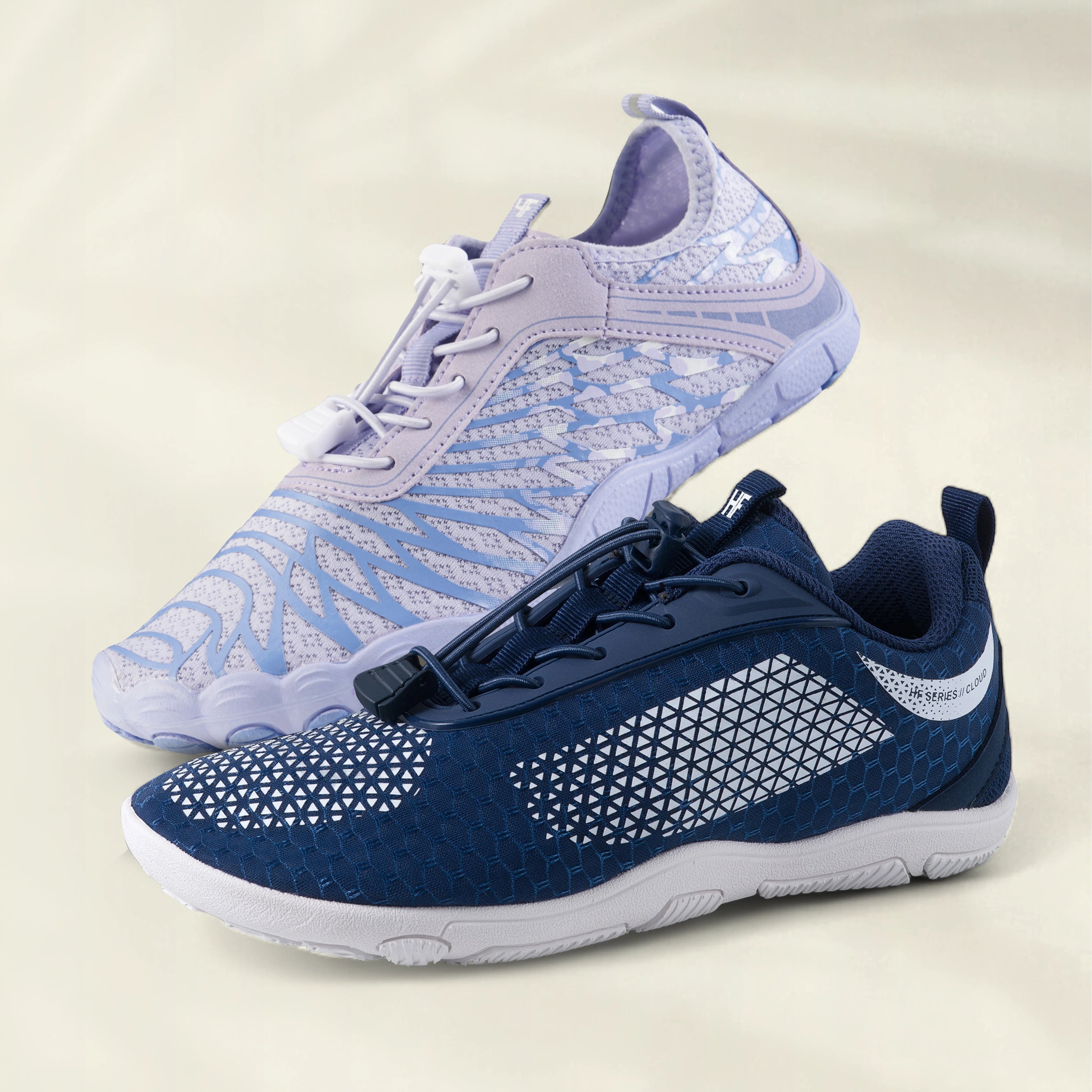

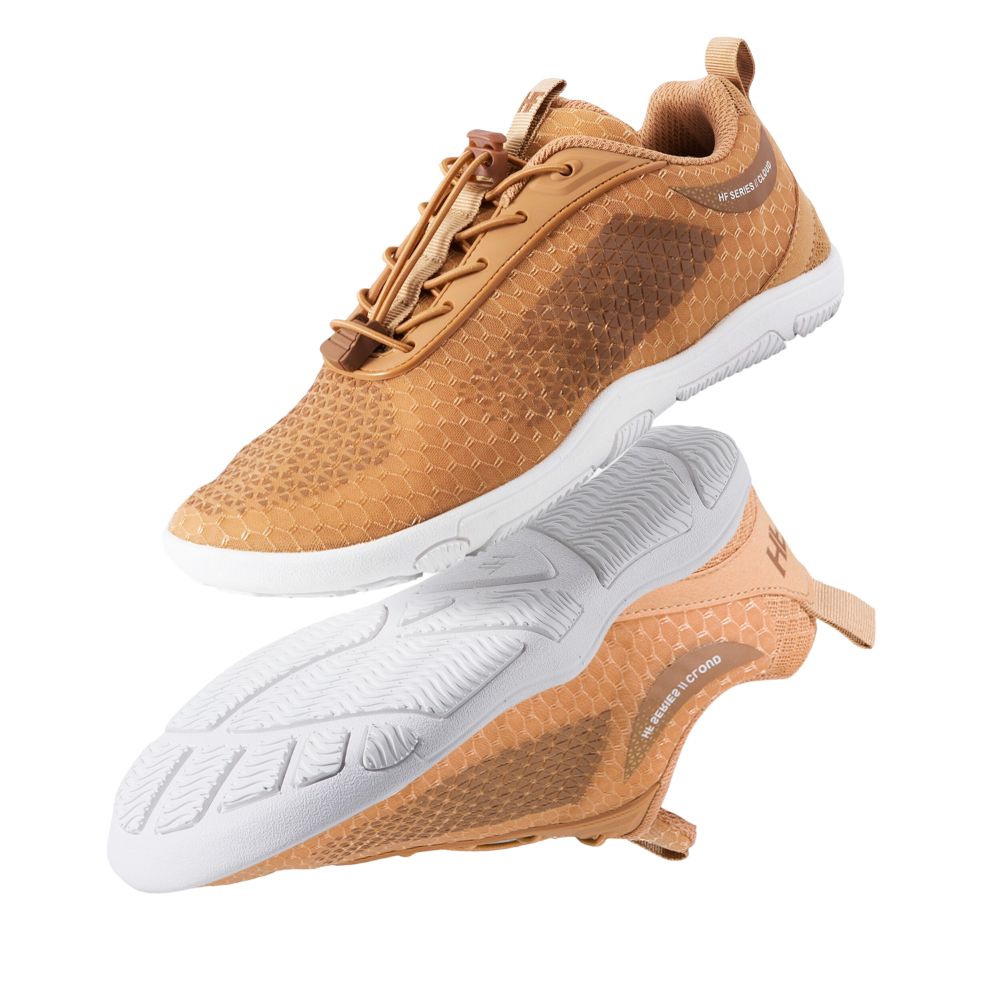
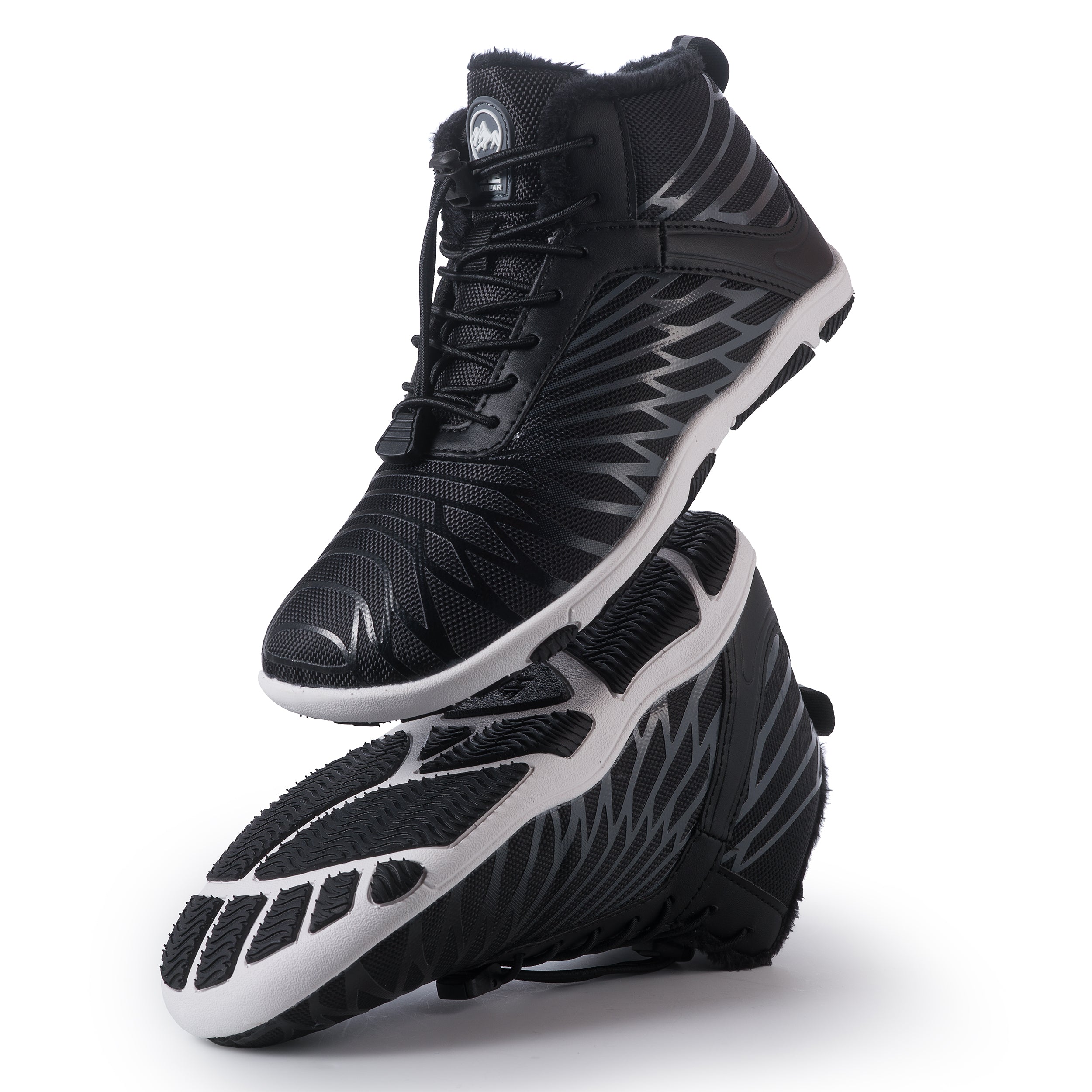
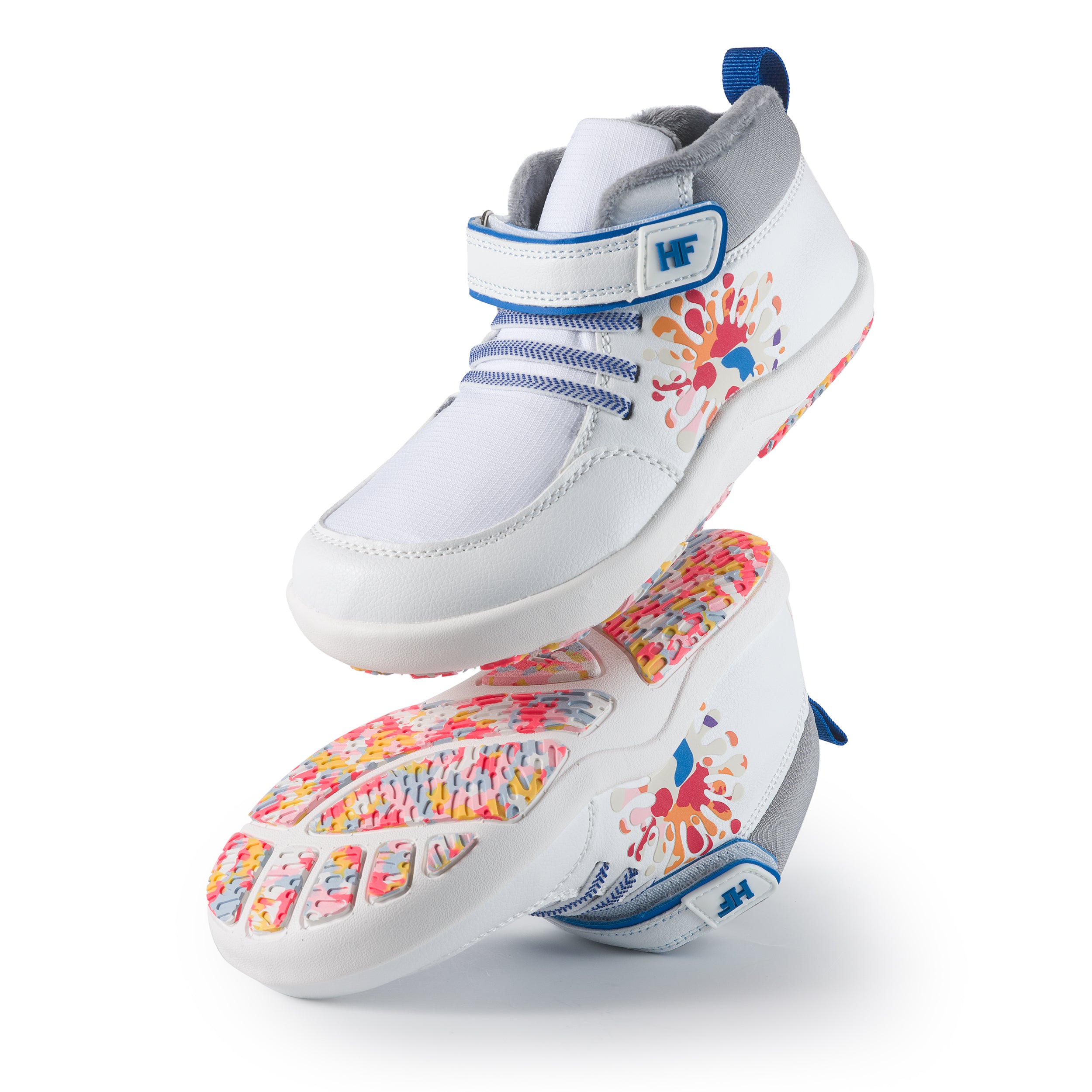
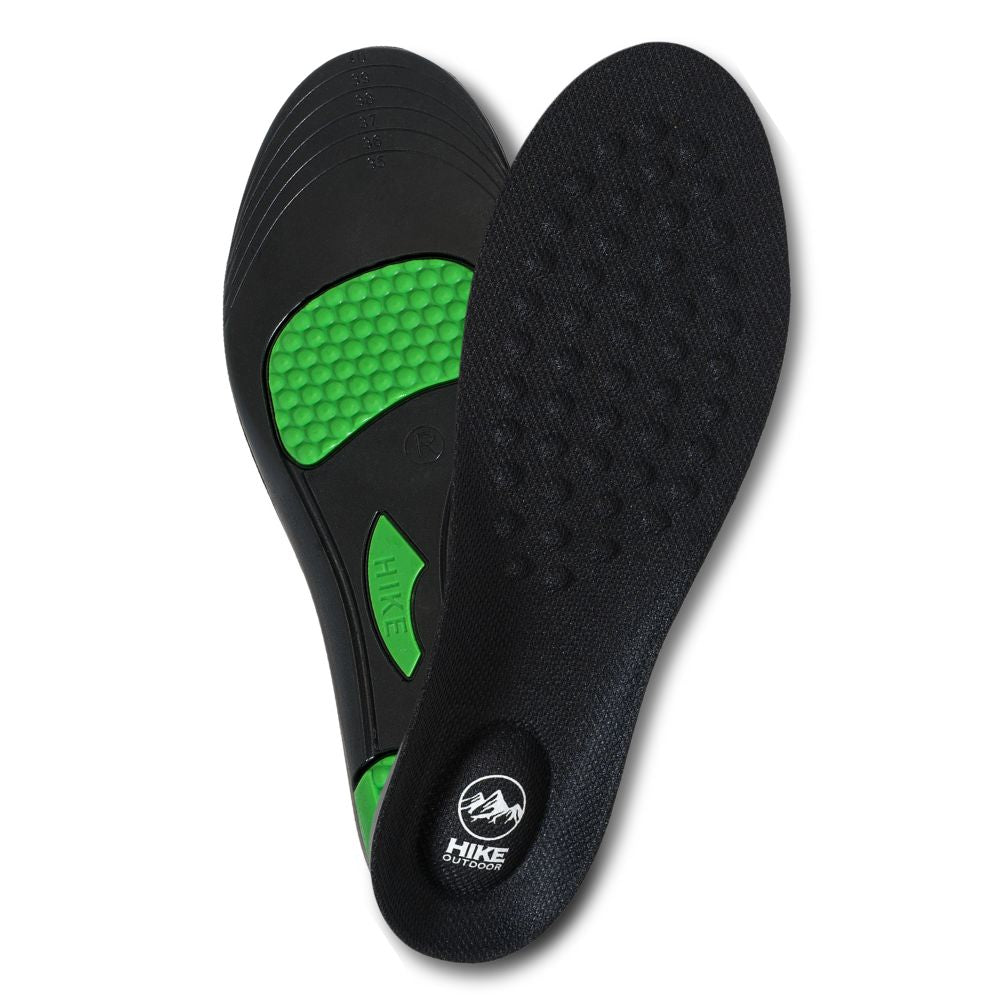
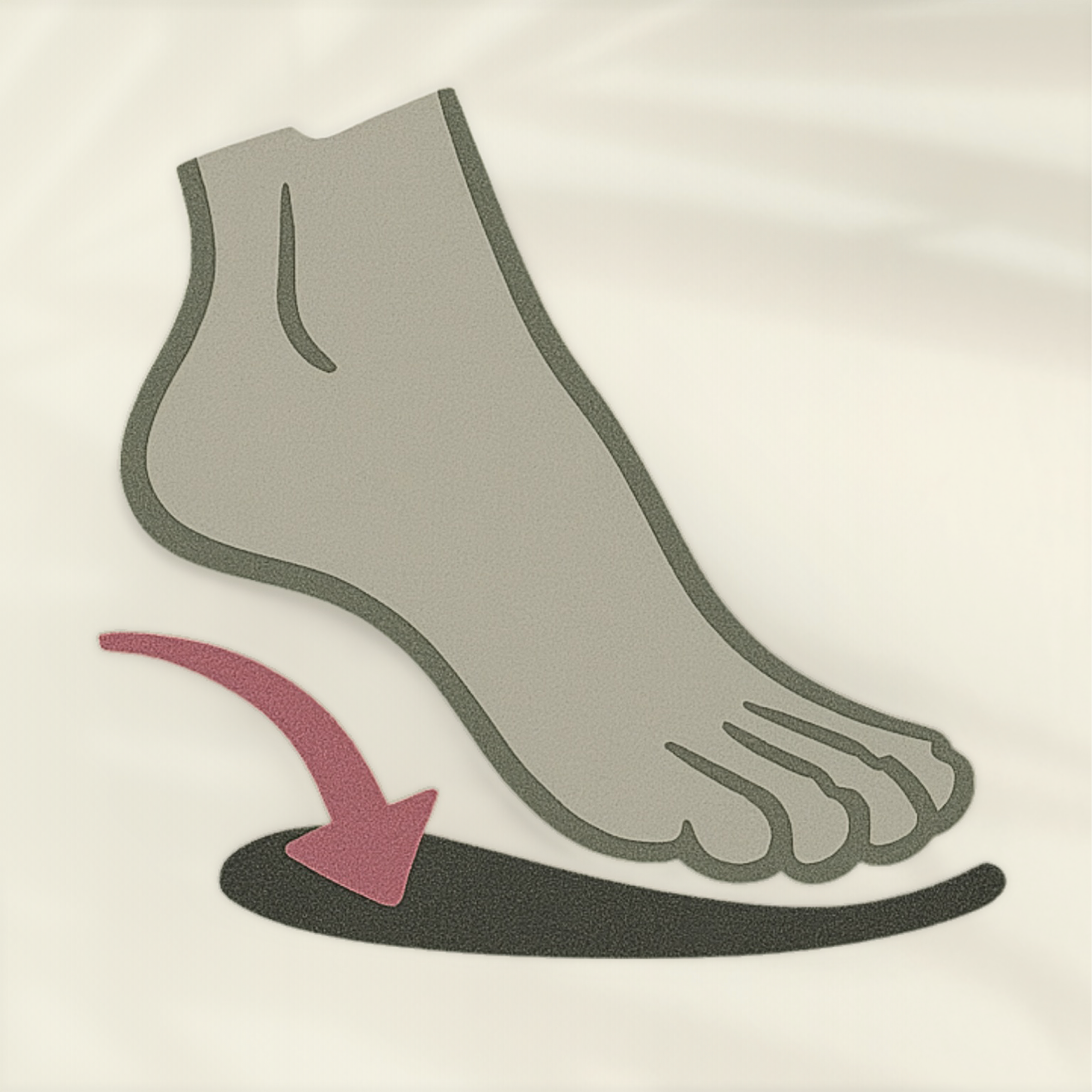


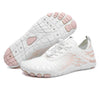
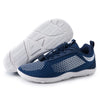
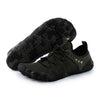
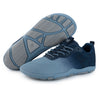

![[Lorax Pro - White / Pink]](http://hike-footwear.com/cdn/shop/files/Lorax-Pro-White-Google_{width}x{height}.webp?v=1763018793)
![[HF Stride - Beige]](http://hike-footwear.com/cdn/shop/files/Brown_c47b827d-957d-4bab-9646-bf1c66f5f5a8_{width}x{height}.webp?v=1762197951)
![[HF Cloud - Blue]](http://hike-footwear.com/cdn/shop/files/HF_Cloud_4c927657-c3a5-4cec-900e-25d909ec2b4b_{width}x{height}.webp?v=1762197937)
![[HF Shade - Sea Blue]](http://hike-footwear.com/cdn/shop/files/HF_Shade_Blue_{width}x{height}.webp?v=1759134417)